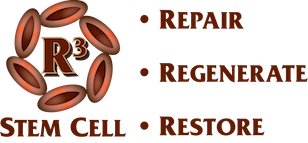Stem Cell Therapy for the Foot and Ankle
Regenerative stem cell therapy is a state-of-the art medical treatment that is being used at many foot and ankle institutes in America. Patients who suffer from painful foot and ankle conditions are now able to receive treatment for tendon and ligament damage, degenerative arthritis, and pain relief.
The stem cell injection procedure is virtually pain-free, as the surgeons first acquire extensive training in this therapy. The sample comes from the patient’s own body, either the bone marrow or adipose (fat) tissue, so there is little risk for rejection or side effects. The procedure allows the doctor to customized the stem cell specimen to your unique injury of condition.
